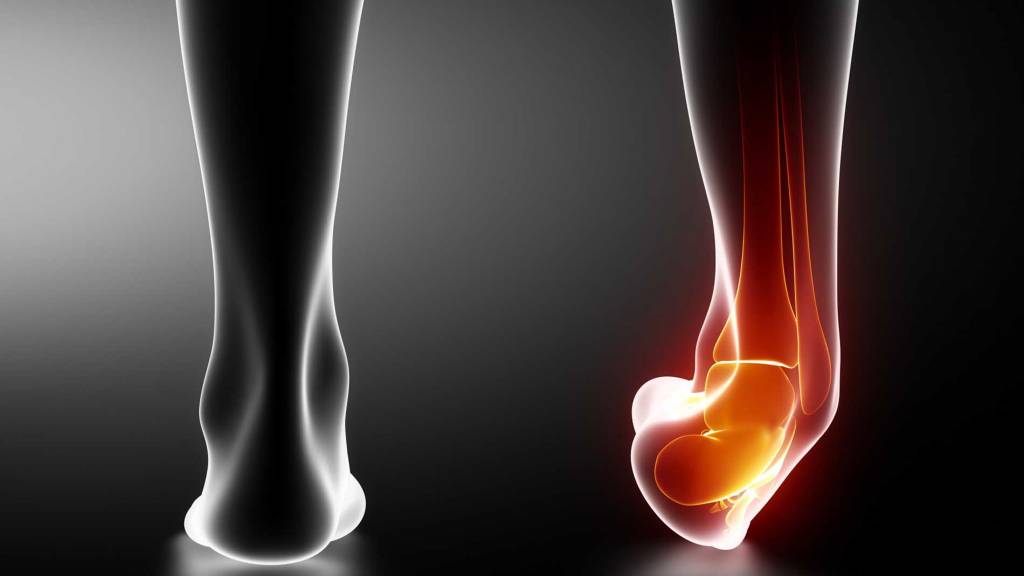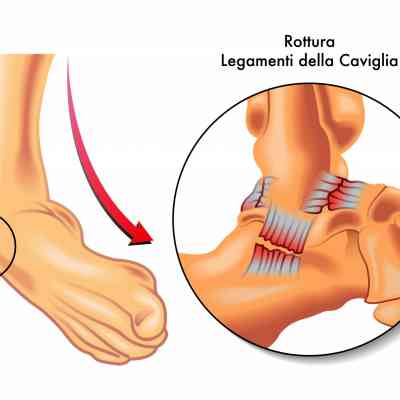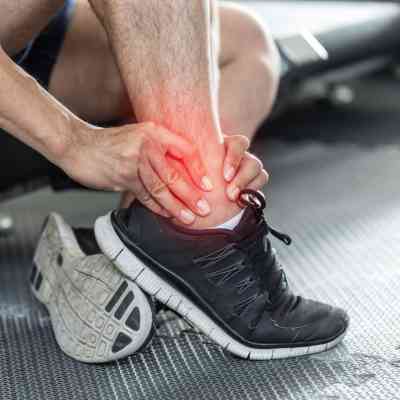Ankle Sprains: Symptoms, Diagnosis, and Treatments
Ankle sprains are among the most common injuries in orthopedics, occurring both during sports activities and daily life. This article provides a comprehensive overview of this condition, exploring injury mechanisms, symptoms, diagnostic methods, and available treatment options.
Mechanism of Injury and Classification
An ankle sprain occurs when the joint undergoes excessive twisting or bending, often due to sudden movements on uneven surfaces or collisions during sports. The severity of the sprain is classified into three grades:
-
Grade One Sprain: Characterized by stretching of ligaments and tendons without significant damage. Pain is usually mild, and swelling is minimal.
-
Grade Two Sprain: Involves partial ligament injury. Pain is more intense, and swelling more noticeable compared to Grade One.
-
Grade Three Sprain: The most severe form, with complete ligament rupture. Pain is intense, swelling pronounced, and joint instability significant.
Symptoms and Clinical Manifestations
Symptoms of an ankle sprain can vary in intensity depending on the severity but generally include:
-
Sharp pain: Intensifies when bearing weight on the foot or moving the ankle.
-
Swelling: Often localized around the outer ankle bone (malleolus) but can extend to the entire foot in severe cases.
-
Bruising and hematomas: Particularly evident in Grade Two and Three sprains.
-
Limited movement: Difficulty walking without limping and joint stiffness due to swelling.
-
Instability: Feeling that the ankle may give way, especially on uneven terrain.
Diagnostic Process
Accurate diagnosis of an ankle sprain requires a multifactorial approach:
-
Clinical Evaluation:
-
Detailed patient history to understand injury circumstances.
-
Physical examination to assess swelling, bruising, and range of motion.
-
Stability tests to evaluate ligament integrity.
-
-
Imaging Exams:
-
X-rays: Useful to exclude bone fractures.
-
Magnetic Resonance Imaging (MRI): Provides detailed images of soft tissues, including ligaments and tendons.
-
Computed Tomography (CT): Used in specific cases for more in-depth evaluation of bone structures.
-
These exams allow the specialist to precisely determine injury extent and plan the most appropriate treatment.
Therapeutic Approaches
Treatment varies based on injury severity and may include:
-
Conservative Treatment:
-
Rest and ice application: Essential in the first 24-48 hours to reduce swelling and pain.
-
Limb elevation: Helps decrease edema.
-
Compression: Elastic stockings help reduce swelling.
-
Anti-inflammatory medications: Prescribed to control pain and inflammation.
-
Braces or bandages: Ankle braces are an effective solution to ensure stability and support during healing. Their main function is to protect damaged ligaments by limiting movements that could impair recovery. There are several types of braces with specific therapeutic indications:
-
Rigid or Semi-Rigid Braces: Ideal for Grade Two and Three sprains, offering high protection. Their structure immobilizes the joint to prevent further injury and promote ligament healing. Often equipped with adjustable straps for a customized fit.
-
Elastic Braces: Suitable for mild sprains or as support during advanced recovery phases, providing compression and moderate support without overly restricting movement. They help reduce swelling and improve stability during daily activities.
-
Custom Orthoses: For patients with chronic ankle instability, custom-made orthoses are the best solution. These devices are tailored to fit the patient’s anatomy perfectly, providing optimal support and maximum comfort.
-
Advantages of using braces include:
-
Protecting the injured joint, reducing the risk of further trauma.
-
Improving stability and decreasing the sensation of instability.
-
Reducing pain and swelling through targeted compression.
-
Preventing recurrence, especially during physical activity.
Correct use requires following guidance from an orthopedic technician specializing in braces. Braces should be integrated with a rehabilitation program including strengthening and mobilization exercises to prevent muscle weakness and joint stiffness, restore range of motion, and recover joint stability.
-
-
Surgical Intervention:
-
Reserved for more severe cases, such as complete ligament tears or associated fractures.
-
May involve repair or reconstruction of damaged ligaments.
-
Orthotic Solutions and Prevention
Orthotic devices play a crucial role not only in treatment but also in preventing ankle sprains:
-
Ankle Braces:
-
Can be used preventively during high-risk sports.
-
Provide support and stability during recovery phases. Various types are available on the market; expert staff in specialized orthopedic centers can help choose the most appropriate brace for the ankle condition.
-
-
Elastic Bandages:
-
Offer compression and support, reducing the risk of recurrence.
-
Provide proprioceptive and stabilizing functions for the ankle.
-
-
Custom Orthoses:
-
Made to measure to meet the specific needs of the patient.
-
Particularly useful for individuals with chronic ankle instability.
-
Prevention of ankle sprains also includes:
-
Strengthening exercises: Targeting muscles that support the ankle.
-
Proprioceptive training: Enhancing joint position awareness through the use of balance boards and proprioceptive balls.
-
Appropriate footwear: Choosing shoes suitable for the activity, providing adequate ankle support.
Recovery Time and Return to Activity
Recovery times vary significantly according to sprain severity:
-
Grade One Sprains: Usually require 1-3 weeks for full recovery.
-
Grade Two Sprains: Recovery may take 3-6 weeks.
-
Grade Three Sprains: May need 8-12 weeks or more, especially if surgery is required.
Return to physical activity should be gradual and supervised by professionals to avoid recurrences and ensure optimal joint function recovery.
Conclusions and Recommendations
Ankle sprains, though common, require careful evaluation and appropriate treatment to prevent long-term complications. The key to optimal recovery lies in early and accurate diagnosis followed by a personalized treatment plan.
It is essential to consult an orthopedic specialist if an ankle sprain is suspected, especially if symptoms persist or worsen after the first 24-48 hours. A professional approach ensures not only proper treatment but also prevention of future injuries, allowing a safe return to daily and sports activities.
A combination of medical care, orthotic solutions, and physiotherapy offers the best prospects for full recovery and prevention of recurrences. Every sprain, even apparently mild, deserves medical attention to avoid future complications and ensure long-term ankle joint health.
For information about the best products available and further details, contact us!
You can reach us at +39 035 212110 from Monday to Saturday, 9:00 AM to 12:30 PM and 3:00 PM to 7:00 PM, or by email at info@ortopediazambelli.it
All the news




